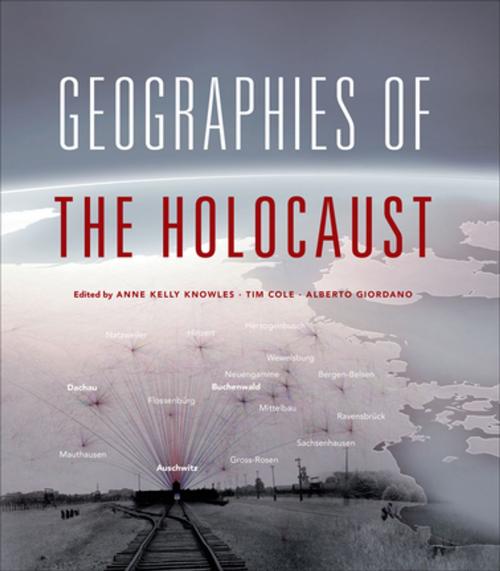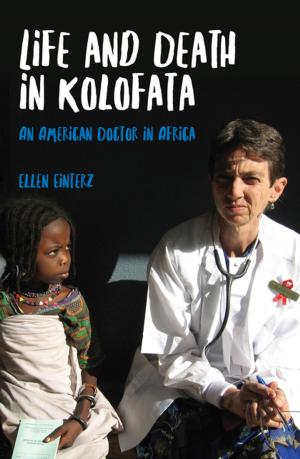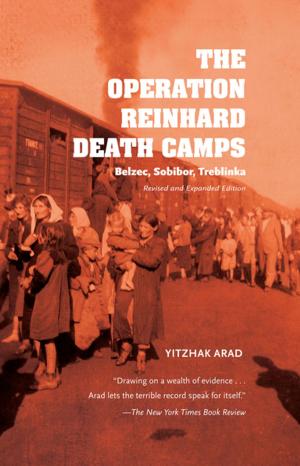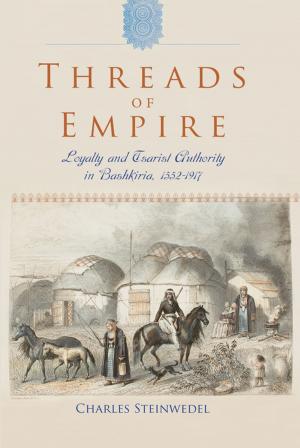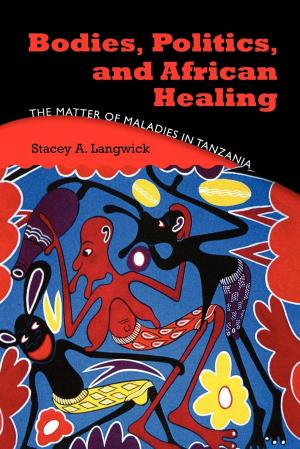Geographies of the Holocaust
Nonfiction, Social & Cultural Studies, Social Science, Methodology, Human Geography, History, Jewish, Holocaust| Author: | Anne Kelly Knowles, Tim Cole, Alberto Giordano | ISBN: | 9780253012319 |
| Publisher: | Indiana University Press | Publication: | September 19, 2014 |
| Imprint: | Indiana University Press | Language: | English |
| Author: | Anne Kelly Knowles, Tim Cole, Alberto Giordano |
| ISBN: | 9780253012319 |
| Publisher: | Indiana University Press |
| Publication: | September 19, 2014 |
| Imprint: | Indiana University Press |
| Language: | English |
“[A] pioneering work . . . Shed[s] light on the historic events surrounding the Holocaust from place, space, and environment-oriented perspectives.” —Rudi Hartmann, PhD, Geography and Environmental Sciences, University of Colorado
This book explores the geographies of the Holocaust at every scale of human experience, from the European continent to the experiences of individual human bodies. Built on six innovative case studies, it brings together historians and geographers to interrogate the places and spaces of the genocide. The cases encompass the landscapes of particular places (the killing zones in the East, deportations from sites in Italy, the camps of Auschwitz, the ghettos of Budapest) and the intimate spaces of bodies on evacuation marches. Geographies of the Holocaust puts forward models and a research agenda for different ways of visualizing and thinking about the Holocaust by examining the spaces and places where it was enacted and experienced.
“An excellent collection of scholarship and a model of interdisciplinary collaboration . . . The volume makes a timely contribution to the ongoing emergence of the spatial humanities and will undoubtedly advance scholarly and popular understandings of the Holocaust.” —H-HistGeog
“An important work . . . and could be required reading in any number of courses on political geography, GIS, critical theory, biopolitics, genocide, and so forth.” —Journal of Historical Geography
“Both students and researchers will find this work to be immensely informative and innovative . . . Essential.” —Choice
“[A] pioneering work . . . Shed[s] light on the historic events surrounding the Holocaust from place, space, and environment-oriented perspectives.” —Rudi Hartmann, PhD, Geography and Environmental Sciences, University of Colorado
This book explores the geographies of the Holocaust at every scale of human experience, from the European continent to the experiences of individual human bodies. Built on six innovative case studies, it brings together historians and geographers to interrogate the places and spaces of the genocide. The cases encompass the landscapes of particular places (the killing zones in the East, deportations from sites in Italy, the camps of Auschwitz, the ghettos of Budapest) and the intimate spaces of bodies on evacuation marches. Geographies of the Holocaust puts forward models and a research agenda for different ways of visualizing and thinking about the Holocaust by examining the spaces and places where it was enacted and experienced.
“An excellent collection of scholarship and a model of interdisciplinary collaboration . . . The volume makes a timely contribution to the ongoing emergence of the spatial humanities and will undoubtedly advance scholarly and popular understandings of the Holocaust.” —H-HistGeog
“An important work . . . and could be required reading in any number of courses on political geography, GIS, critical theory, biopolitics, genocide, and so forth.” —Journal of Historical Geography
“Both students and researchers will find this work to be immensely informative and innovative . . . Essential.” —Choice
